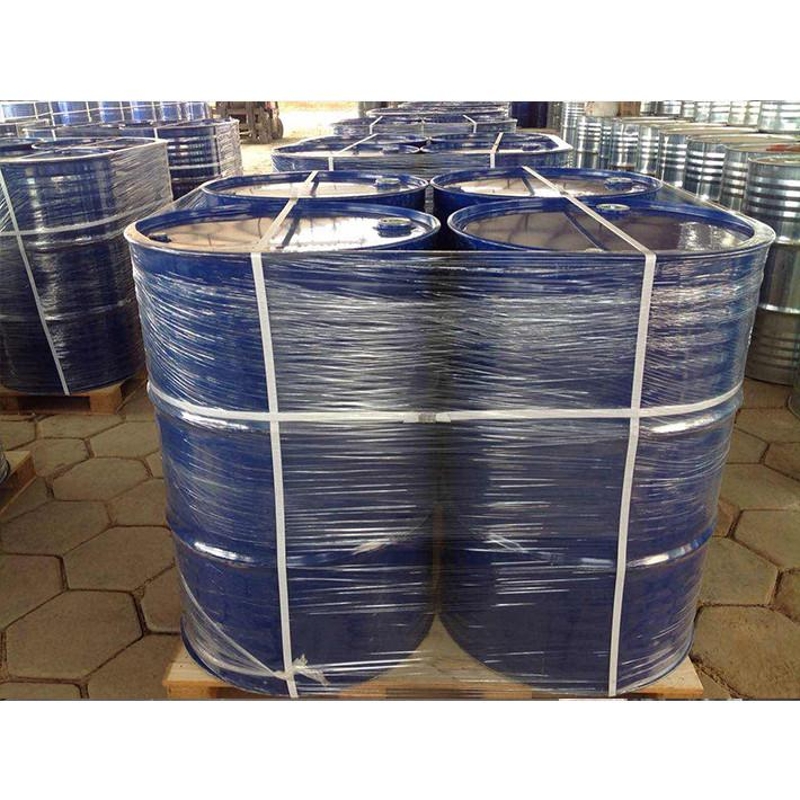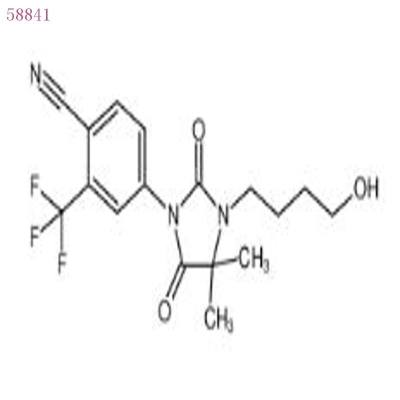-
Categories
-
Pharmaceutical Intermediates
-
Active Pharmaceutical Ingredients
-
Food Additives
- Industrial Coatings
- Agrochemicals
- Dyes and Pigments
- Surfactant
- Flavors and Fragrances
- Chemical Reagents
- Catalyst and Auxiliary
- Natural Products
- Inorganic Chemistry
-
Organic Chemistry
-
Biochemical Engineering
- Analytical Chemistry
-
Cosmetic Ingredient
- Water Treatment Chemical
-
Pharmaceutical Intermediates
Promotion
ECHEMI Mall
Wholesale
Weekly Price
Exhibition
News
-
Trade Service
I believe many wine lovers have heard that the higher the altitude of the vineyard, the better the quality of the wine
The first thing to understand is the standard of high altitude
South American wine-producing regions such as Chile's Limari Valley and Argentina's Salta are located at 25-30 degrees south latitude, closer to the equator, and their permanent snow line is above 4,500 meters
It is worth mentioning that a vineyard in Qushui County, Lhasa City, Tibet Autonomous Region, is 3563.
What are the advantages of high altitude?
First, the higher the altitude of the vineyard, the lower the average temperature, which means that the grapes have lower potential alcohol and higher acidity, making wines that are lighter in body and fresher in style
Second, high-altitude vineyards are exposed to more intense sunlight, especially UVB rays, resulting in more antioxidants, thicker skins, darker color, and tighter tannins and taste.
Third, as we all know, global warming has become a serious problem today
What are the disadvantages of high altitude?
The higher the altitude, the more difficult it is to grow grapes, especially on steep hillsides
All in all, high-altitude vineyards do have their unique advantages, but it is not the higher the altitude, the better the quality
(Source: Wine World)
"China Food News" (Version 07, June 28, 2021)
(Editor-in-charge: Gu Yufei)







